Five thousand, three hundred years ago Ötzi, also known as the Ice Man, died
at 10,500 feet in the Ötztal Alps, which divides Italy and Austria.
The 1991 discovery of this mummified neolithic time capsule yielded a treasure trove of artefacts to anthropologists and challenged current theory regarding that transitory period between Stone Age and Iron Age. Among Ötzi’s possessions were various species of shelf fungi (other known as conks and polypores—named as such for the tiny pores on the underside of these wood-inhabiting fungi) commonly found in the surrounding lowlands.
Why did he carry such fungi? Was he aware of their inherent medicinal value? In such a barren, wood-less tundra, would a trek through this inhospitable landscape necessitate the importation of fire-starting materials or cooking fuel? My intentions with this article are three-fold: to address potential ancient uses of polypores; to share my experiences incorporating Kingdom Fungi into my primitive skills practitioning; and unite the disciplines of mycology and primitive technology in order to assist mycophiles and “abo’s” in recognizing a primal link between mushrooms and humanity.
Bow Drill Ember–Clematis on Artist’s Conk

Being both a lover of mushrooms and stone-age skills practitioner for a couple years now, it was inevitable that these two passions would merge. As I wander the temperate rainforests here in the Olympic Peninsula of Washington, my foraging eye is constantly searching for useful natural items, be it straight branches for friction fire (as thimbleberry and big-leaf maple often provide); stones for flint-knapping; or lichens, insects, and mushrooms for the table.
Brown and White Rot

During the winter of 1999 I was fortunate enough to teach at an outdoor school in southern California with Jeff Stauffer, ethnobotanist, amateur mycologist, and an adjunct primitive skills instructor for Raven’s Way Traditional School in Arizona.
It was then that I first became aware that fire lay dormant within sticks, ready to expose itself with a little coaxing from us.
Surrounded by sand, sage and seep willow, Jeff would reverently produce a stout, slightly curved bow, whose ends were loosely connected by a length of twisted desert agave fibers. He would loop once the desert agave cordage around a half-inch thick, six-inch long wooden spindle, made from the flowering stem of California fan palm tree, and lay this apparatus aside while he prepared the rest of his friction-fire bow drill kit: a rectangular, three-quarter inch thick, foot-long hearthboard of the same wood; and a palm-sized, wooden hand-hold containing a small, carved, central depression.
Coal Extenders
(clockwise–brown rot, Sulphur Shelf fungi processed by fungus gnat larvae, white rot)

Jeff carefully inspected the length of the hearthboard, along which were circular sockets of varying depth and charred condition. A triangular notch, cut all the way through the thickness of the board with a piece of sharp stone, connected each socket to the board’s edge. The arrangement of the socket and notch are reminiscent of a traditional-style keyhole, with one point of the triangular notch intruding into the round socket.
Selecting one of the newer, shallow sockets, he placed the hearthboard on the ground, taking care to avoid any moisture laden grassy areas which would conduct heat away from the hearthboard and render the attempt at friction fire much more difficult. To control conditions further, Jeff placed a thin piece of bark underneath the socket and notch that he would use to house a rotating wooden spindle in hopes of coaxing a glowing coal from desert wood.
Cubical Brown Rot

Flint and Steel On Powdered Sulphur Shelf Fungi

Momentarily fingering the deep calluses on his palms, Jeff turns his back on the prevailing wind in order to shelter this ancient attempt with his body. Picking up the spindle, which is still wrapped once by the bow’s cord, he places one end of it into the socket, while the hand-hold is brought to rest on top of the spindle’s other end. The spindle is sandwiched between the hand-hold and hearthboard, perpendicular to the ground. With one foot on the hearthboard to steady it, he gently, steadily pushes and pulls the bow, toward himself and away from himself, again and again, allowing the spindle and hearthboard socket to warm up as friction slowly carbonizes and disintegrates the cell walls of the fan palm wood. These small, darkened, powder-like wooden particles, or char, which will fuel the future coal, fall into the notch—the notch protects the char from energy-sapping wind and allows heat to accumulate here from the frictional process.
Flint and Marcasite On Tinder Fungus (unaltered)

Letting the Tourists Do the Work For Me
(pulverized white rot wood on trail)

Using his index and middle fingers on his bow-hand he takes up the slack from the stretching cordage, which secures the cord’s grip on the rotating spindle. Pressing the hand-hold down harder with his other hand, Jeff increases the speed of the bow-draw. Whitish-buff smoke emanates from the socket as more char pours into the notch. After a few more seconds a hint of bright red color emerges from the notch as the char reaches approximately 800-degrees Fahrenheit and spontaneously combusts.
Tinder Nest–Brown Rot (good for ember)
On White Rot (goods for flame) and Moss

Success!

Now it was time to add the coal, or fire-egg, to a nest of fuel from which it could hatch into fire. Earlier in the day Jeff had kneaded some dry sagebrush bark into a bowl-shaped mass. He then filled the depression in the middle of this bark nest with shredded bits of red-belted conk (Fomitopsis pinicola). On top of this a pinch of flowering cattail fluff was added to ensure a gentle gradation of fuel sizes so that the coal could grow hot enough to produce flame.
Stone Oil/Fat Lamp With Fungal (Red-Belted Conk) Wick

Using a thin stick to separate the coal from the confines of the hearthboard, while cradling the coal on the thin piece of bark, Jeff transfers the ember to the nest. Blowing gently on this tinder bundle, the coal engulfs the fuels and produces flame in just a few seconds. A spark was planted inside me at that very moment.
Bow drill fire-making tinder is but one primitive use of polypores. Recently I’ve focused my efforts on a variety of fire-making ways, from flint and steel (spark-based) to fire plow (lateral friction–as Tom Hanks demonstrated in the movie Castaway) to bow drill and hand drill (rotational friction), among others. Having experimented with a few thousand combinations of woods available here and the central coast section of California (my former residence), I find myself yearning to include lesser-tried natural materials–which brings me to the pyro-properties of polypores. The most common sizeable conks around here are red-belted conk (Fomitopsis pinicola), hemlock varnished conk (Ganoderma tsugae), and artist’s conk (Ganoderma applanatum), of which all are currently (August) blossoming in a burgeoning bouquet of baby buttons on stumps and downed logs. Also, i was sent some birch polypore (Piptoporus betulina) and tinder fungus (Fomes fomentarius) from Ohio to experiment with.

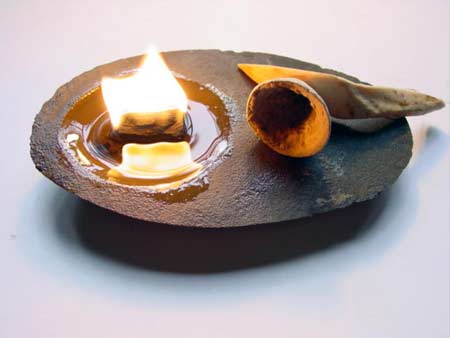
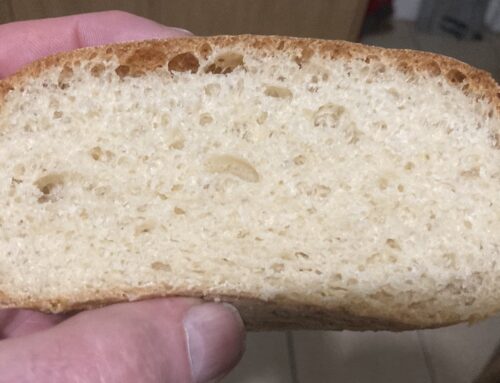
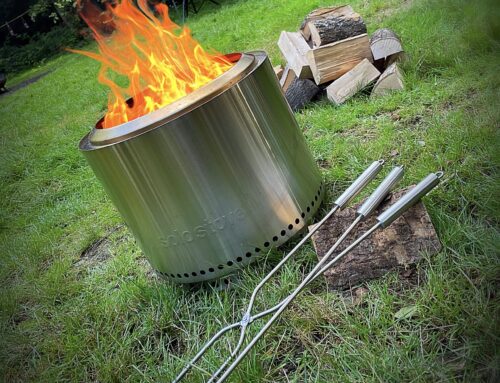
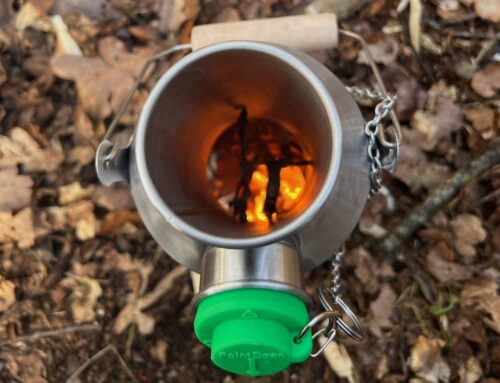
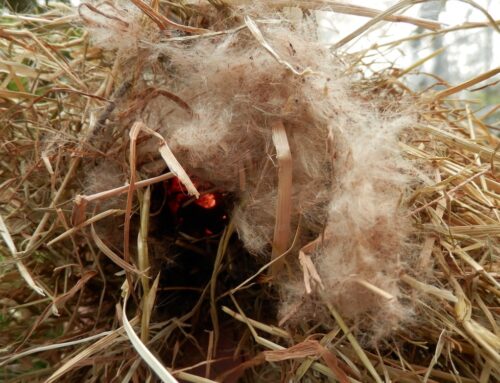
Leave A Comment
You must be logged in to post a comment.